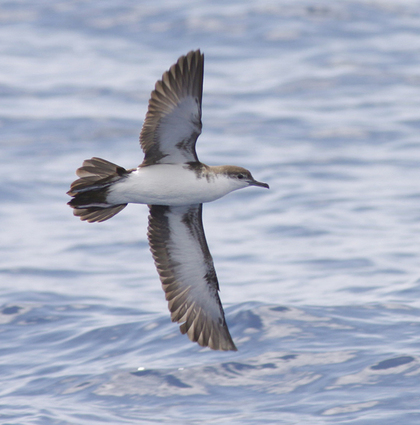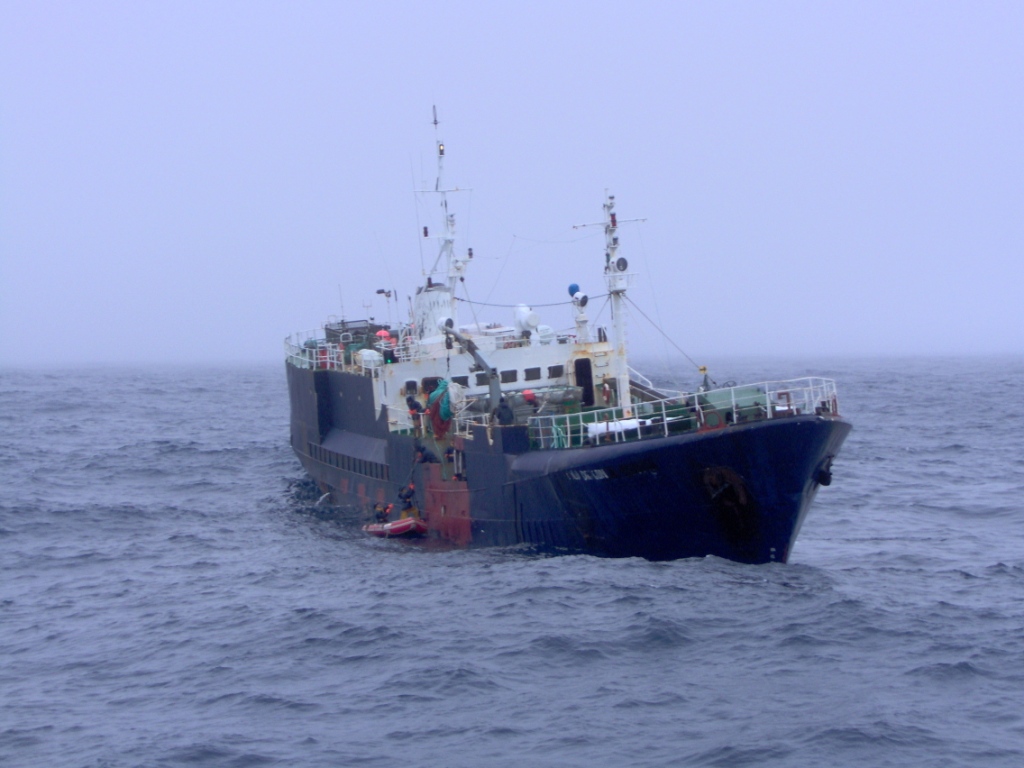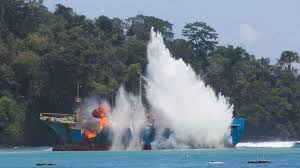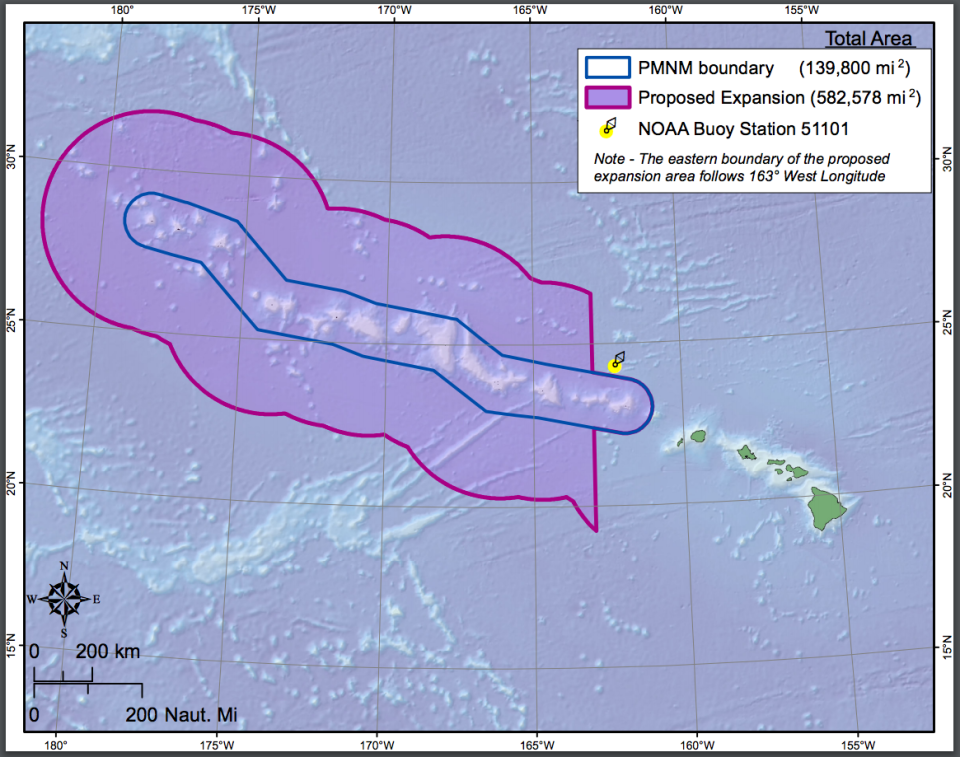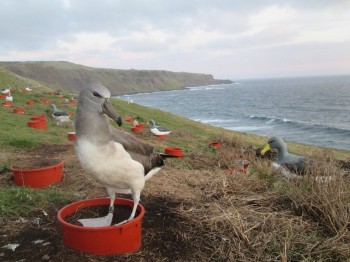David Costantini (Muséum National d'Histoire Naturelle, Paris, France) and colleagues have published in the journal Science of The Total Environment on levels of persistent organic pollutants (POPs) in Scopoli's Shearwater Calonectris diomedea.
“Little is known about the accumulation of persistent organic pollutants (POPs) and its consequences for seabirds in the Mediterranean basin. We characterised the plasma contaminant profile (polychlorinated biphenyls ΣPCBs; organochlorine pesticides ΣOCPs; polybrominated diphenyl ethers ΣPBDEs) of a population of the seabird Scopoli's shearwater (Calonectris diomedea) that breeds in the southern Mediterranean (Linosa Island) and investigated (i) whether sex, stable isotope ratios (related to diet), reproductive phase (early incubation vs. late breeding season) and body mass explained variation in contaminant burden and (ii) whether they predict health-related variables. The predominant category of POPs was ΣPCBs contributing between 53.0 and 92.4% of the total POPs in each shearwater. The percentage contribution of ΣOCPs to total POPs ranged between 7.6 and 47.0%, while that of ΣPBDEs ranged between < 1% and 22.1%. Near the end of the breeding season, concentrations of ΣPCBs, ΣOCPs and ΣPOPs were significantly higher than at the beginning of the incubation period. ΣPBDEs were higher in males than females near the end of the breeding season, while they were higher in females than males at the beginning of the egg incubation period. Carbon- and nitrogen isotope ratios and individual body mass were not significantly associated with any contaminant class. Mates differed in the concentration of POPs, but they had similar stable isotope values. There was little evidence for a connection between contaminants and blood-based markers of oxidative balance. None of the contaminants predicted the probability of a bird being resighted as a breeder the following year. Thus, although POPs were present at high concentrations in some individuals, our study suggests little concern regarding POP exposure for this shearwater population.”
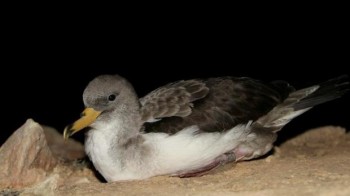
Fledgling Scopoli's Shearwater
Reference:
Costantini, D., Sebastiano, M., Müller, M.S., Eulaers, I., Ambus, P., Malarvannan, G., Covaci, A., Massa, B. & Dell'Omo, G. 2017. Individual variation of persistent organic pollutants in relation to stable isotope ratios, sex, reproductive phase and oxidative status in Scopoli's shearwaters (Calonectris diomedea) from the Southern Mediterranean. Science of The Total Environment 15: 179-187.
John Cooper, ACAP Information Officer, 05 May 2017

 English
English  Français
Français  Español
Español 